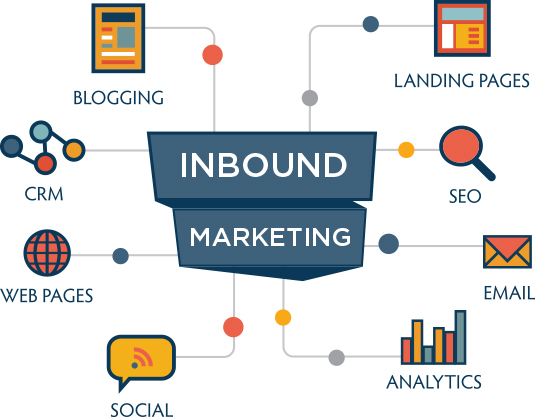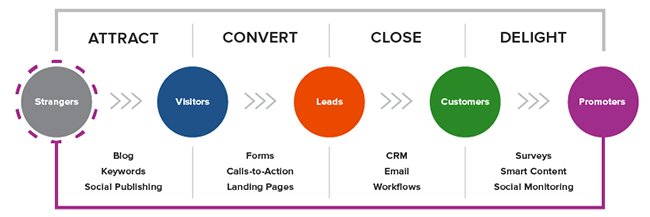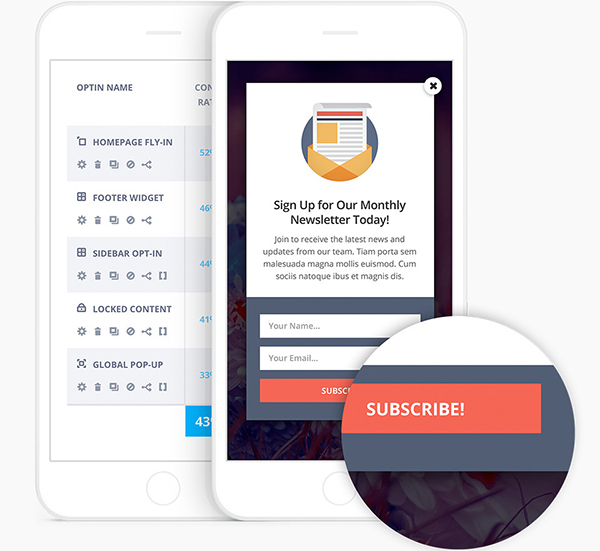You’ll need to do some kind of marketing, no matter what kind of business you run. Small businesses are having a hard time with this as a lot of marketing approaches are inconvenient or too expensive for them to successfully employ. This is why inbound marketing will make sense for any kind of business, but especially for smaller businesses and start-ups.
Inbound marketing is referring to a specific approach to marketing rather than a list of strategies. Inbound marketing is all about attracting potential customers and prospects rather than going out and trying to find those individuals. With inbound marketing, you will use content marketing, organic search traffic, opt-in email forms, blogs, social media and more to attract new business and create brand awareness. You are creating content that addresses problems that your customers have and by doing that, you are attracting qualified leads. So, no matter what kind of business you run, whether is B2C, B2B, brick and mortar or e-commerce, inbound marketing is probably the best approach.
Outbound marketing is basically traditional marketing where people buy ads on TV, radio, billboards, in magazines, in AdWords and Facebook ads, etc. Here, you are basically hoping that a small percentage of the audience to who you market to will pay attention to your advertisement and convert into a customer. Outbound marketing has significantly lower conversion rate than inbound marketing methods.
Inbound marketing works by providing education and resources to help your prospects develop a relationship with you and your brand or business. You focus on providing helpful and relevant information, offer useful tips, and overall give them content that will show them how much you care about their success. You are appealing to your potential customers on an informational level by offering best practices, industry guides and tips.









